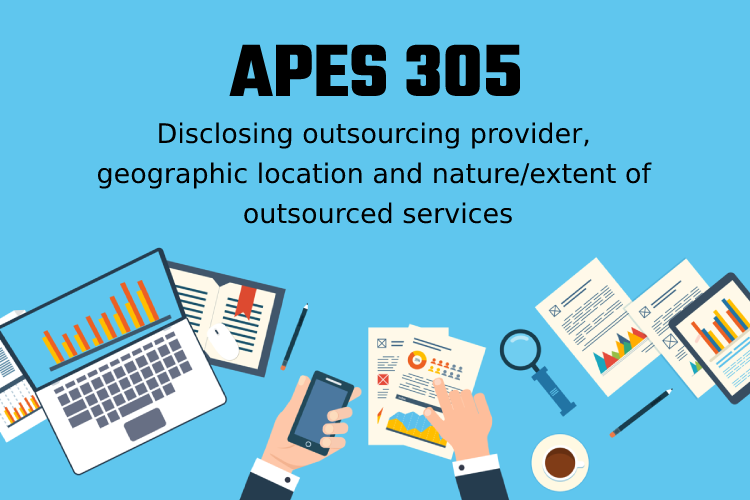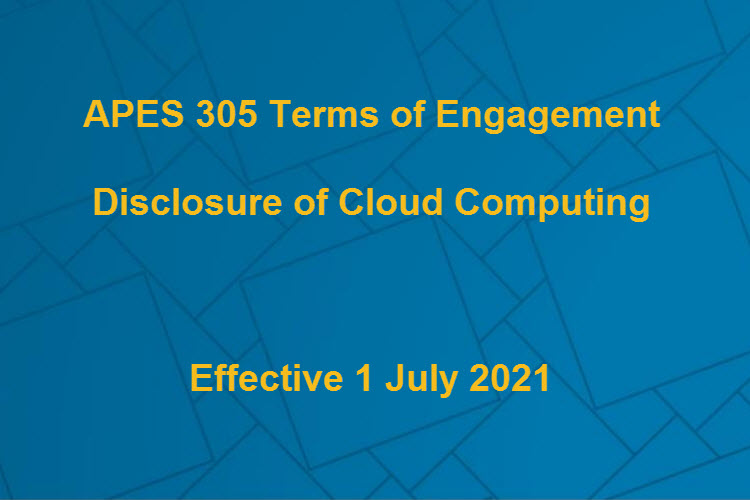The new APES 305 on Terms of Engagement became effective 1 July 2021, as per this link è https://apesb.org.au/standards-guidance/terms-of-engagement/
The most challenging new requirement (where Outsourced Services will be utilised) is that the Member must document and communicate to the Client:
- the details of the Outsourced Service provider,
- the geographic location of where Outsourced Services will be performed and
- the nature and extent of Outsourced Services;
Somewhat confusingly, both the definition of the “details” and the “geographic location” of the Outsourced Service provider are not clear.
Details of the Outsourced Service provider OSP
Details of the Outsourced Service provider OSP might generally be expected to be the providers name, though some OSP’s operate through a complex raft of umbrella companies, sometimes deliberately.
For instance, many firms operating out of the Philippines have been encouraged to use an interposing HK entity, though more recently consideration has been for Singapore entities. These entities are interposed between the Australian entity usually noted as the contracting party on the services agreement, and the ultimate entity (or entities) who provide the services in the services country.
Also interesting, is where further “outsourced” services are provided to the local entity. If the OSP engages with other service providers, then these do not need to be disclosed to the ultimate accounting firm engaging the OSP. For example, if external IT is engaged in the subsidiary then this would not necessarily be disclosed.
Geographic Location
Geographical location refers to a specific physical point on Earth. This is more precise than “area” or “place,” often defined by a set of latitude and longitude coordinates. It’s certain the provision of the precise latitude and longitude isn’t likely to provide much information in the engagement letter. For instance, Odyssey’s operations centre is at 10.814837307514912, 106.66706936530142
There is also confusion when an OSP entity services clients from several locations. And while the staff may be in one location (and frequently not), the HR and IT (if internal) may operate from a different location.
So perhaps the definition of location may need to be loosely interpreted as where a particular point or object exists, and a locality in this instance would be the human settlement (city, town or village) where the service is provided. This still doesn’t solve the problem with a distributed workforce that may be operating in several countries or several locations.
There still may be issues with identifying the location of the OSP, especially when WFH (Work from Home) occurs, particularly when fixed full time resources are engaged. Identifying which job will be allocated to which staff member is a mind numbing problem. And there also needs to be consideration if the WFH employee returns to a different city, or moves their location due to re-location or moving.
Summary
There is still more clarity required on the details and geographic location of the OSP, though the APES 305 requirements to progress some way towards at least identifying the presence of the OSP so further relevant questions might be asked.









